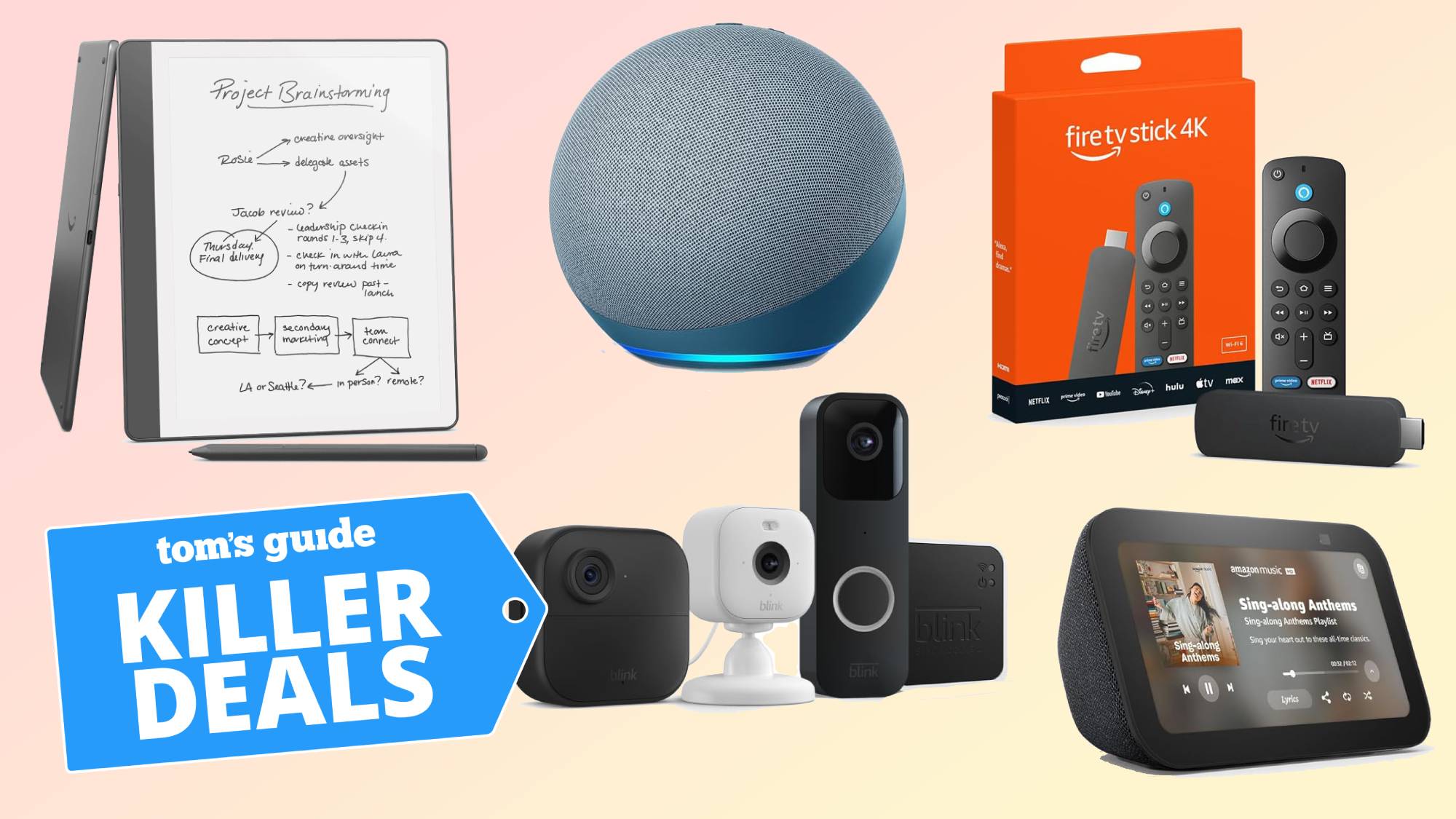This Crazy Rollable Tablet Could Be the Future of Phones
Move over, foldable screens. This one rolls.
There's finally a tablet that can fit in your pocket. Scientists at the Human Media Lab at Queen's University in Ontario have created a prototype of the world's first rollable touchscreen device.

The device has a 7.5-inch 2k display that rolls and unrolls around a cylinder, which the scientists say the cylinder is 3D-printed. Wheels on the ends of the cylinder allow you to scroll while the device is rolled up, and also roll and unroll the screen. The wheels can also spin in place when you receive a notification (or other occasions). The tablet's inner workings live inside the cylinder.
MORE: 10 Best Smartphones on the Market Now
You can also roll and unroll it quickly with gesture control. The researchers expect that a user will browse with the screen rolled up, or only partially extended, and then quickly unroll it when something interesting pops up.
The device is still pretty large compared to mobile devices; from the video below, it appears to be around the size of a landline handset. The scientists say they are focusing on making the device smaller -- potentially the size of a pen.
The team will present the tablet at the MobileHCI conference in Barcelona next month. There's no word on pricing yet, or if this tablet will ever actually be available for purchase. But it's still only a prototype, so don't hold your breath.
While this would certainly be the first rollable touchscreen device, other companies are currently in a heated race to create a screen that can bend and fold. Motorola recently filed a patent for a screen that will heat up to counter deformations caused by creasing. Other companies, including Samsung, Apple, Huawei and LG, have foldable phones in the works.
Sign up to get the BEST of Tom's Guide direct to your inbox.
Get instant access to breaking news, the hottest reviews, great deals and helpful tips.
Monica Chin is a writer at The Verge, covering computers. Previously, she was a staff writer for Tom's Guide, where she wrote about everything from artificial intelligence to social media and the internet of things to. She had a particular focus on smart home, reviewing multiple devices. In her downtime, you can usually find her at poetry slams, attempting to exercise, or yelling at people on Twitter.

